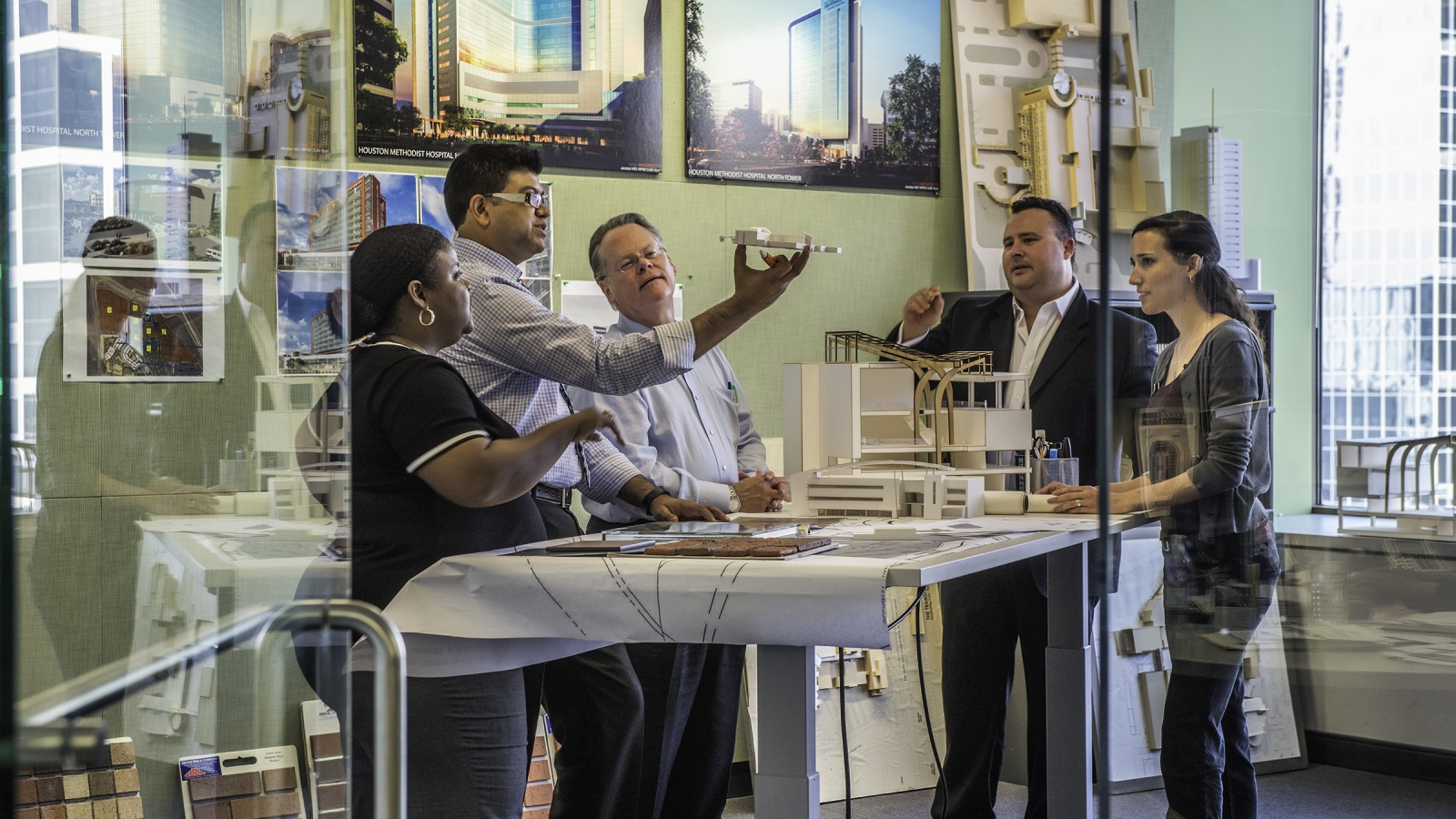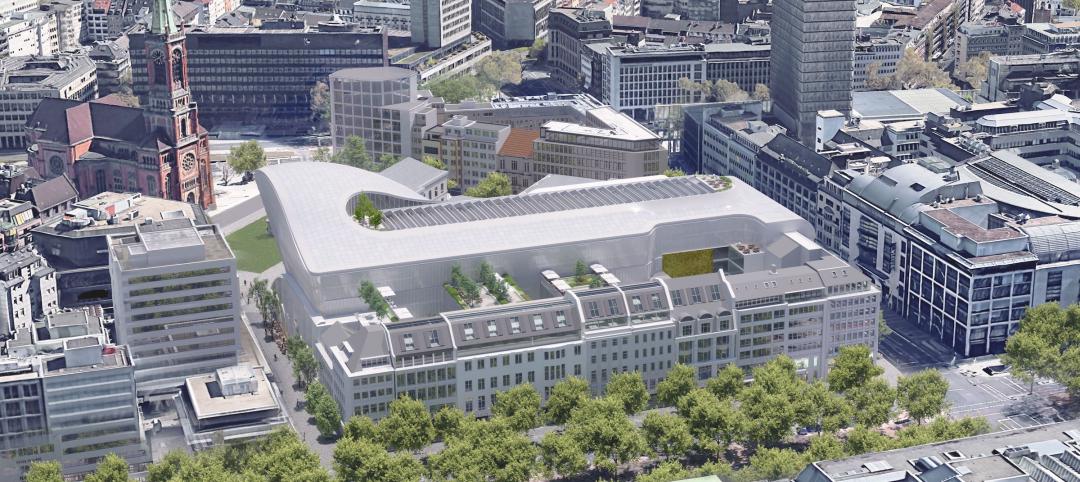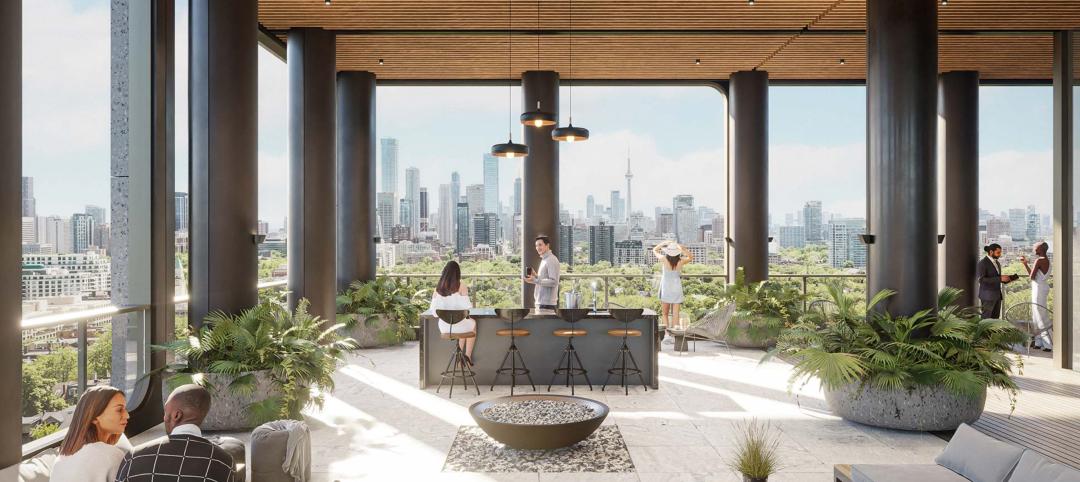How does your organization measure health and human performance? The answer might vary depending on who you ask. If you direct this question to someone within facilities or real estate, they will point to how their buildings are LEED certified. Several credits for LEED include strategies that improve indoor air quality and access to natural light and views. Facilities might also be pursuing new health-related certifications like the WELL Building Standard or Fitwel. These certifications identify specific ways the built environment can better support health through building location, outdoor spaces, staircases, the design of the indoor environment, and food provisioning.
If you ask someone engaged in health promotion or occupational health, they might tell you about the organization’s participation in the C. Everett Koop Award or the Corporate Health Achievement Award. These awards measure the robustness of an organization’s health programs (i.e., how they are led and how the health outcomes are achieved).
Then there are the metrics that human resources cares about when it comes to organizational health, like the engagement and happiness of employees that are addressed in surveys from the Society for Human Resources Management.
THE ‘HAPI’ TOOL
All of these measurement tools are excellent, but they tend to measure health and well-being in silos, and the data is not connected. Sometimes it can sometimes be difficult to prioritize which metric is most important to focus on across the organization.
Interestingly, there are many new tools and methods that are beginning to look more comprehensively to evaluate organizational well-being. One of these is the Health and Human Performance Index (HaPI), developed by the Center for Health and the Global Environment at Harvard University’s School of Public Health. This tool combines elements of engagement, health, performance, culture, and the physical work environment.
This index was developed in 2012 by Harvard, in partnership with Johnson & Johnson. It is being championed by Dr. Eileen McNeely, Co-Director of Harvard’s Sustainability and Health Initiative for a Net Positive Enterprise (SHINE) at the School of Public Health. EYP is working with Harvard to integrate elements of the built environment into the HaPI tool. Specifically, the tool evaluates:
• Well-being: Provides both affective and evaluative aspects of well-being. Subjective well-being has been associated with overall health and performance.
• Productivity: Measures the number of employee healthy days and a subjective report of work performance.
• Engagement: Captures feelings at work (vigor, dedication, absorption) that have been previously associated with job resources, health, and work performance.
• Culture: Captures the availability of work resources (i.e., supervisor and coworker support, participatory decision making, and challenges) that have been previously associated with health and performance.
• Built environment: Captures the quality of space and access to healthy amenities (adjustable desks, fitness centers, shower facilities, healthy food options).
The intent of this tool is to provide the business community with a universal benchmark, transferable across industrial sectors and global businesses, for communicating how the business impacts employee development and well-being.
What we’ve learned
EYP piloted HaPI with staff across all offices, and it is helping us better understand our work and our well-being. Here are five high-level findings, and the actions we are taking as a result:
1. Exercise is connected to office location. Our employee data shows a correlation between the amount of exercise employees are getting and office location. Employees assigned to an office with a shorter commute, in an urban location, with access to public transportation and parks, and views to the outdoors were more likely to exercise.
2. Lack of sleep is connected to commute and workload. Lack of sleep was attributed to heavy workloads, increased stress, and longer commute time. The demographic of employees who sleep the least (and reported being the most stressed) are women, particularly those under 45. This falls in line with nationally reported data.
3. Stress impacts performance more than physical health issues. Overall, employees claimed mental health issues (stress, anxiety, or both) were more impactful to presenteeism and absenteeism than physical health issues. This number went up for women and younger staff. There are many reasons employees might feel anxious: lack of sleep, lack of exercise, heavy workload, overall feeling of a lack of control.
4. Culture greatly impacts performance at work. When Harvard tested questions about culture, the work environment, amenities provided, and workplace flexibility and then compared them to job performance and life satisfaction, their analysis confirmed what we suspected: Culture has a stronger impact on our health outcomes than the other factors by a long shot. Organizational factors like trust, respect, fairness, vibrant atmosphere, and authenticity were correlated with job productivity and life satisfaction more than anything else. Though not as highly rated as culture, there are some physical workplace elements that more strongly correlate with job and life satisfaction than others. These include: a place to lie down at the office, a place to meditate, bike storage, and showers.
5. “Job control” is the most influential factor when it comes to job engagement. Factors like autonomy in decision making, learning new things, using creativity, and “having a say in what happens with your job” impact engagement more than other factors.
Taking action
EYP is sharing these results with each of our offices and engaging in a conversation about our culture, operations, and the physical environment in our offices. We also see this research as important to helping us shape our thinking when it comes to workplace strategy and how we support our clients.
We are using this information to:
• Develop location criteria and prioritize amenities and features that encourage movement for building occupants.
• Dig deeper into how space can help reduce stress and positively impact mental health for different population groups in our buildings.
• Integrate cultural factors more robustly into the workplace development process, and determine ways the workplace can facilitate a desired culture.
• Further develop workplace flexibility strategies and policies to enable more job control and sleep for workers, particularly younger women who are typically juggling life and work responsibilities.
Related Stories
Mixed-Use | Mar 11, 2023
Austin mixed-use development will provide two million sf of office, retail, and residential space
In Austin, Texas, the seven-building East Riverside Gateway complex will provide a mixed-use community next to the city’s planned Blue Line light rail, which will connect the Austin Bergstrom International Airport with downtown Austin. Planned and designed by Steinberg Hart, the development will include over 2 million sf of office, retail, and residential space, as well as amenities, such as a large park, that are intended to draw tech workers and young families.
Architects | Mar 8, 2023
Is Zoom zapping your zip? Here are two strategies to help creative teams do their best work
Collaborating virtually requires a person to filter out the periphery of their field of vision and focus on the glow of the screen. Zoom fatigue is a well-documented result of our over-reliance on one method of communication to work. We need time for focus work but working in isolation limits creative outcomes and innovations that come from in-person collaboration, write GBBN's Eric Puryear, AIA, and Mandy Woltjer.
Green Renovation | Mar 5, 2023
Dept. of Energy offers $22 million for energy efficiency and building electrification upgrades
The Buildings Upgrade Prize (Buildings UP) sponsored by the U.S. Department of Energy is offering more than $22 million in cash prizes and technical assistance to teams across America. Prize recipients will be selected based on their ideas to accelerate widespread, equitable energy efficiency and building electrification upgrades.
Sustainability | Mar 2, 2023
The next steps for a sustainable, decarbonized future
For building owners and developers, the push to net zero energy and carbon neutrality is no longer an academic discussion.
Industry Research | Mar 2, 2023
Watch: Findings from Gensler's latest workplace survey of 2,000 office workers
Gensler's Janet Pogue McLaurin discusses the findings in the firm's 2022 Workplace Survey, based on responses from more than 2,000 workers in 10 industry sectors.
Seismic Design | Feb 27, 2023
Turkey earthquakes provide lessons for California
Two recent deadly earthquakes in Turkey and Syria offer lessons regarding construction practices and codes for California. Lax building standards were blamed for much of the devastation, including well over 35,000 dead and countless building collapses.
Sports and Recreational Facilities | Feb 27, 2023
New 20,000-seat soccer stadium will anchor neighborhood development in Indianapolis
A new 20,000-seat soccer stadium for United Soccer League’s Indy Eleven will be the centerpiece of a major neighborhood development in Indianapolis. The development will transform the southwest quadrant of downtown Indianapolis by adding more than 600 apartments, 205,000 sf of office space, 197,000 sf for retail space and restaurants, parking garages, a hotel, and public plazas with green space.
Retail Centers | Feb 24, 2023
Santiago Calatrava unveils plans for a luxury retail and office complex in Düsseldorf, Germany
Renowned architect and engineer Santiago Calatrava, along with the CENTRUM Group, has unveiled plans for Calatrava Boulevard, a luxury retail and office complex in Düsseldorf, Germany. Running parallel to Königsallee and connecting with the Steinstrasse station, Calatrava Boulevard will incorporate and connect to the boulevard’s existing buildings.
Reconstruction & Renovation | Feb 16, 2023
Insights from over 300 potential office-to-residential conversions
Research from Gensler finds that, surprisingly, the features that result in an unpleasant office often make for a superlative multifamily product.
High-rise Construction | Feb 15, 2023
Bjarke Ingels' 'leaning towers' concept wins Qianhai Prisma Towers design competition
A pair of sloped high-rises—a 300-meter residential tower and a 250-meter office tower—highlight the Qianhai Prisma Towers development in Qianhai, Shenzhen, China. BIG recently won the design competition for the project.

















